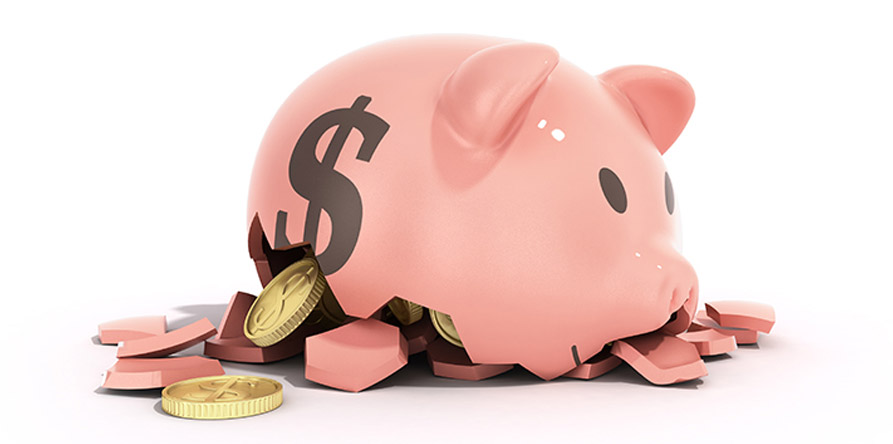3 steps to take if you're in your 40s with no retirement savings

Author: Katie Brockman
Source: The Motley Fool
Preparing for retirement is tough regardless of your age, but it can be particularly challenging if you're in your 40s.
At this age, you may have a mortgage to worry about, kids to put through school, and you might still be paying off student loans -- not to mention all of the other everyday expenses that put a strain on your bank account. And with retirement still decades away, saving in your retirement fund may take a back seat to your other financial priorities.
However, your senior years will be here before you know it, so it's crucial to start saving now. Retirement is more expensive than you may think, and you'll likely need to stash away several hundred thousand dollars (or more) to retire comfortably. If you haven't begun saving yet, here's how to get started.
1. Set (realistic) goals
Having a goal to strive toward can make it easier to save. In fact, 78% of those who have a financial plan say they're able to pay all of their bills each month and still find some cash to save, compared to just 38% of those who don't have a financial plan, a survey from Charles Schwab found.
Think about what age you'd like to retire, then set a goal for how much you want to save by that age. The key is to be as realistic as possible. If you're 45 years old with zero savings, it may not be feasible to retire in your 50s with $1 million saved. The more realistic your goals are, the better chance you have of achieving them.
To determine your goals, plug your information into a retirement calculator. This can give you an estimate of how much you should aim to save by retirement age, as well as what you should be saving each month. Play around here, and don't be afraid to try out different numbers. See how your results change by pushing your retirement age back by a year or two, for example, or lowering the amount you expect to spend each year in retirement. By figuring out what achievable goals look like, it will be easier to create a financial plan to reach those goals.
2. Consider how many financial sacrifices you're willing to make
Chances are you'll need to make some sacrifices, either right now to save more or later in retirement if you can't save as much as you need.
If you're serious about building a healthy retirement fund, you may need to consider making some substantial sacrifices. That could mean downsizing your home or moving to a less expensive neighborhood to save money on housing, for example, picking up a side job and putting all that income toward your retirement savings, or just slashing your budget down to the bare bones and only spending on the essentials.
If you're not able or willing to make financial sacrifices now, you may have to find ways to reduce your costs in retirement. You might need to forego expensive vacations, for instance, or find ways to entertain yourself at home rather than dining out or picking up expensive new hobbies. Thinking about these sacrifices now can either motivate you to save more or help you mentally prepare for a lifestyle shift once you retire.
3. Invest appropriately for your age
Investing in the stock market is one of the best ways to build wealth in a relatively short period of time, but it's important to invest wisely. If you invest too aggressively, you could potentially watch your investments take a nosedive if there's a market downturn. But invest too conservatively, and you may not be able to save enough by retirement age.
Typically, the closer you get to retirement, the more conservative your portfolio should be. When you're young and still have several decades before retirement, you can afford to invest heavily in stocks because you have plenty of time to recover from market downturns. But as you get older, your investments should shift toward the conservative side. You won't see as much growth, but your portfolio will also be more protected against stock market crashes.
Exactly how much you should invest in stocks versus bonds can be a tricky question. One common guideline is to subtract your age from 110; that figure is the percentage of your portfolio that should be invested in stocks. So if, for example, you're 40 years old, your portfolio should be 70% stocks and 30% bonds. However, that's just a rough guideline, and your asset allocation could differ based on your risk tolerance and how much time you have left to save.
There's never a wrong time to save for retirement, and the earlier you begin, the easier it will be. Even if you're off to a late start, there's still time to save enough to enjoy a comfortable retirement.
![]()


